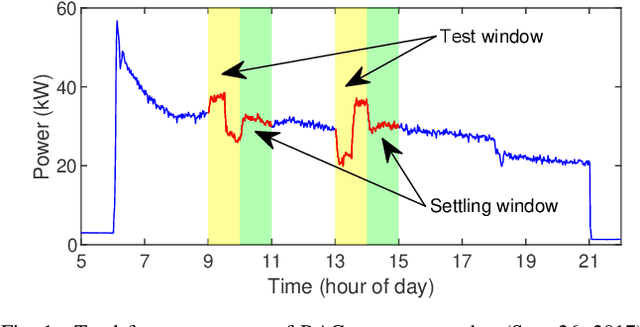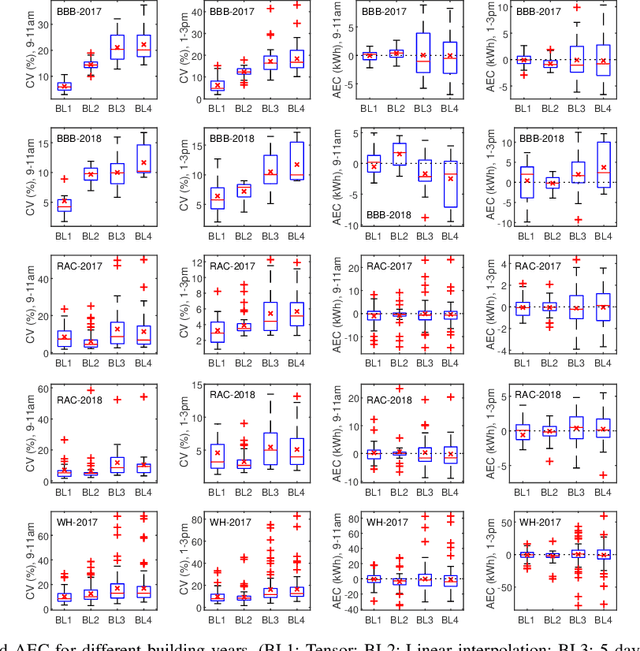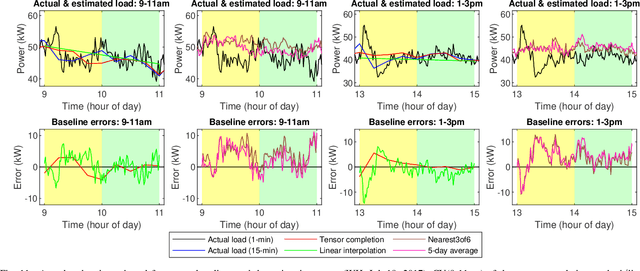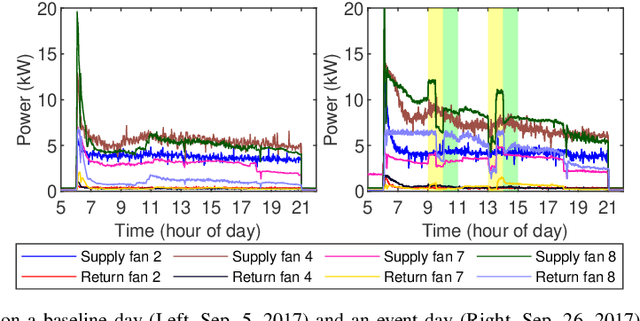Shunbo Lei
Hiformer: Hybrid Frequency Feature Enhancement Inverted Transformer for Long-Term Wind Power Prediction
Oct 17, 2024Abstract:The increasing severity of climate change necessitates an urgent transition to renewable energy sources, making the large-scale adoption of wind energy crucial for mitigating environmental impact. However, the inherent uncertainty of wind power poses challenges for grid stability, underscoring the need for accurate wind energy prediction models to enable effective power system planning and operation. While many existing studies on wind power prediction focus on short-term forecasting, they often overlook the importance of long-term predictions. Long-term wind power forecasting is essential for effective power grid dispatch and market transactions, as it requires careful consideration of weather features such as wind speed and direction, which directly influence power output. Consequently, methods designed for short-term predictions may lead to inaccurate results and high computational costs in long-term settings. To adress these limitations, we propose a novel approach called Hybrid Frequency Feature Enhancement Inverted Transformer (Hiformer). Hiformer introduces a unique structure that integrates signal decomposition technology with weather feature extraction technique to enhance the modeling of correlations between meteorological conditions and wind power generation. Additionally, Hiformer employs an encoder-only architecture, which reduces the computational complexity associated with long-term wind power forecasting. Compared to the state-of-the-art methods, Hiformer: (i) can improve the prediction accuracy by up to 52.5\%; and (ii) can reduce computational time by up to 68.5\%.
Baseline Estimation of Commercial Building HVAC Fan Power Using Tensor Completion
Apr 24, 2020



Abstract:Commercial building heating, ventilation, and air conditioning (HVAC) systems have been studied for providing ancillary services to power grids via demand response (DR). One critical issue is to estimate the counterfactual baseline power consumption that would have prevailed without DR. Baseline methods have been developed based on whole building electric load profiles. New methods are necessary to estimate the baseline power consumption of HVAC sub-components (e.g., supply and return fans), which have different characteristics compared to that of the whole building. Tensor completion can estimate the unobserved entries of multi-dimensional tensors describing complex data sets. It exploits high-dimensional data to capture granular insights into the problem. This paper proposes to use it for baselining HVAC fan power, by utilizing its capability of capturing dominant fan power patterns. The tensor completion method is evaluated using HVAC fan power data from several buildings at the University of Michigan, and compared with several existing methods. The tensor completion method generally outperforms the benchmarks.
 Add to Chrome
Add to Chrome Add to Firefox
Add to Firefox Add to Edge
Add to Edge